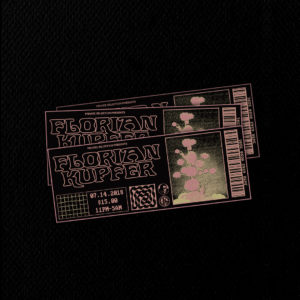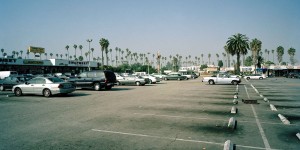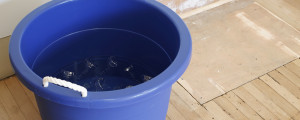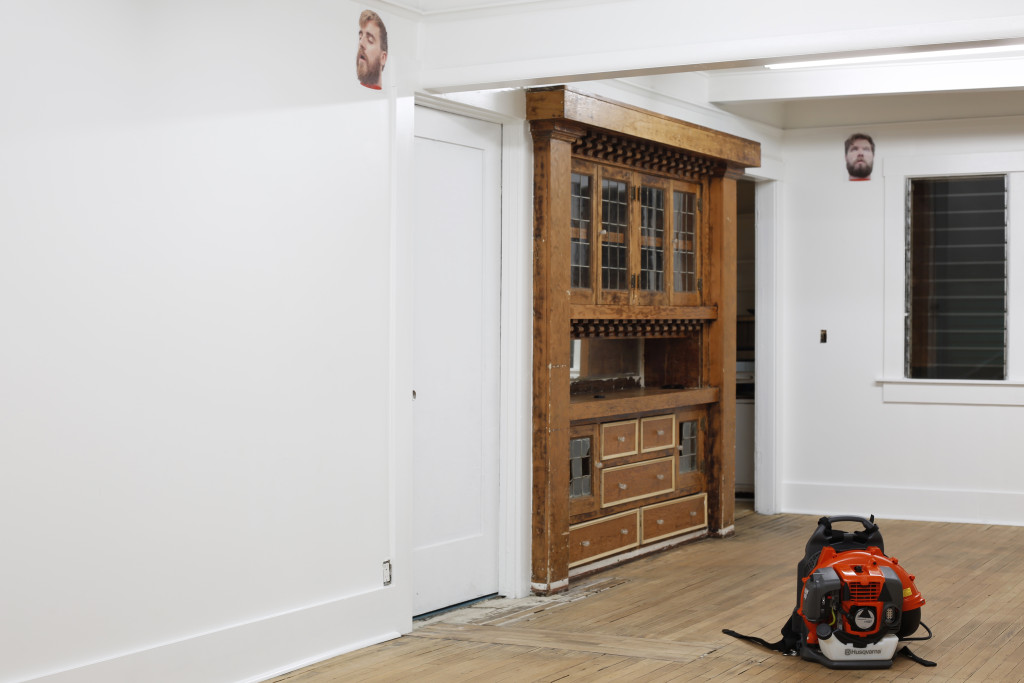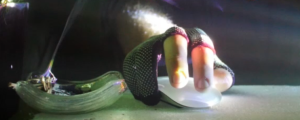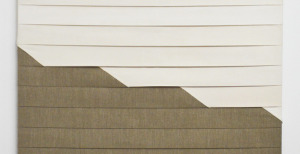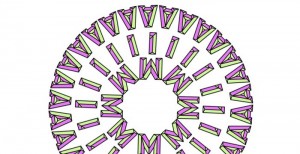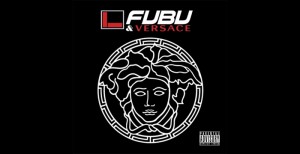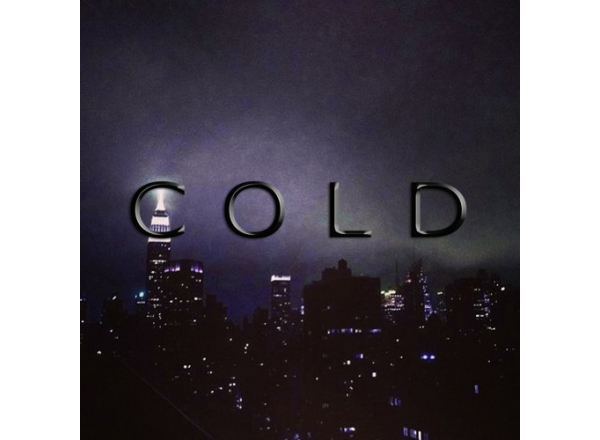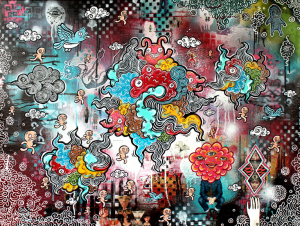“Everything is extremely linear on Facebook,” says Maria Meixnerová, under her “krvavamera” name on Skype, roughly an hour before her first post on Chloë Flores Facebook Page. A cheesy YouTube video introduction comes in the form of “esomary”, leaning on one knee, explaining her project within a magnificent backdrop, breathing heavily while a wasp crawls over the camera lens. On her website she describes herself as a “CRAZY FREAK WITH NO SENSE OF DIGNITY, LIVING IN MY OWN UNIVERSE” and, while I don’t know about the “crazy freak” part, there is something rather odd, though interesting about her approach to world-building and multiplicity in her practice.
Based in the Czech Republic but living on Facebook, Meixnerová is a net artist starting a month long residency on a profile page. As part of a three year project of Los Angeles curator, Chloë Flores, Meixnerová – otherwise known as “(c) Merry”, “Mary Meixner” or “esomary” (depending on the online platform) –will be exploring Facebook as a medium for temporal metrical sculpture, inspired by experimental film makers like Peter Kubelka and Kurt Kren in Austria, Paul Sharits and Michael Snow in North America. Because, in the same way that these artists look at film beyond narrative –where light, installation and sound all play an important role in the audience’s perception of a work –Meixnerová aims to subvert the restrictive user interfaces of professionalised social media by using only the basic components of Facebook to disrupt the “stream”.
aqnb: The user interface of Facebook is so restrictive but, as with so many “professionalized” social media networks, users still find a way to to create and innovate within these rigid paradigms. Is that something you’re thinking about with this project?
Marie Meixnerová: Yeah, naturally. But when I use Facebook, or most people who use Facebook and are in contact with me are aware of these restrictions and are trying to work with them. I wanted to show that, even within this so limited space, where it’s like so ‘the big brother is watching you’, and it’s so restrictive, even within this space you can make some art. It’s not, let’s say, ‘politically coloured’ or reacting to those restrictions etcetera. I just take it as space you can work within, even when restricted. It is something that really scares me because people take all those restrictions as natural, in time. You just get used to it. But it is really not the theme of my sculpture. It’s something that I try to avoid.
aqnb: In terms of being political about it?
MM: Yeah. I’m also really, I don’t want to say worried, but I have some doubts about how this will develop because Chloë lives in Los Angeles, in America, and I’m in Europe. I’m a little bit afraid that, if she’s logging in on her profile, and I log in, because Facebook monitors those things, that she’s in the USA and I’m in Europe, I’m a little bit worried that it will want me to recognise my friends, or Chloë’s friends and I won’t be able to login on time to post something.
aqnb: You’ve plugged this as possibly the ‘first Facebook sculpture’ and then you said that Facebook is a sculpture in itself, so essentially you’re making a sculpture within a sculpture. That’s a bit meta.
MM: Yeah [laughs] but when thinking about Facebook within itself, it’s quite specific. It’s different because my approach is thinking about Facebook as a physical environment and creating within that environment. Most internet artists would say that they live on the internet and I feel, at this particular time, I’m not living that much on the internet as I live on Facebook; I take it as my natural environment right now. It’s similar as if I was living in the Czech Republic and I’m doing the First Czech sculpture [laughs].
But, for this one, I really take Facebook as a medium and as material, similar to these artists working with film. I really take Facebook as a kind of film strip that has, not only sound and image, silence and light, but it has many more elements, as I said, ‘liking’, ‘sharing’ and stuff.
aqnb: Are you saying that you don’t work as if you live on Facebook but you’re working with it as a medium?
MM: Right now, yes. I’m working with Facebook. As you see, I’m a little bit contradicting myself, or it might seem so, but I look at it this way: I feel like I live on Facebook and, I did many performances before on Facebook, but in this project, I take Facebook as a medium; taking its basic features as material and creating a sculpture. Now, it’s almost physical for me.
aqnb: So then, do you live in the Czech Republic or on Facebook?
MM:I live in both but more in Facebook than in Czech. I take Facebook everywhere with me; everywhere I have a connection to the internet, it’s my home. **
(c) merry will be performing her Facebook sculpture at Chloë Flores Facebook Page from August 1 to 31, 2013.
share news item

